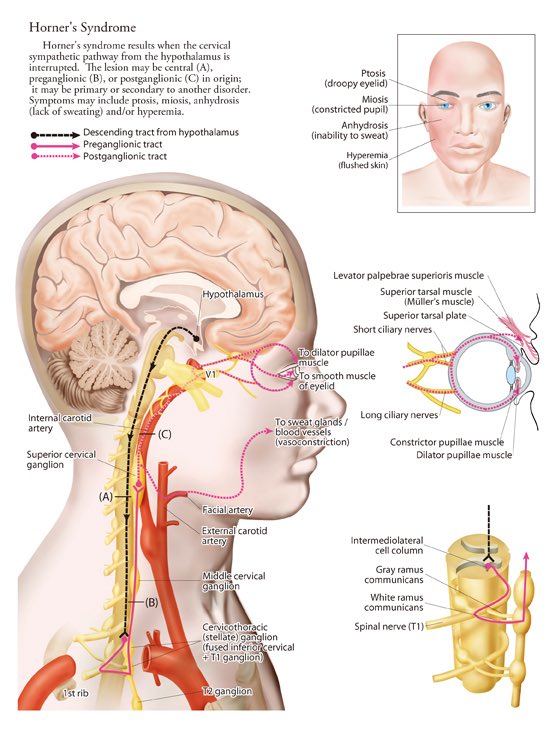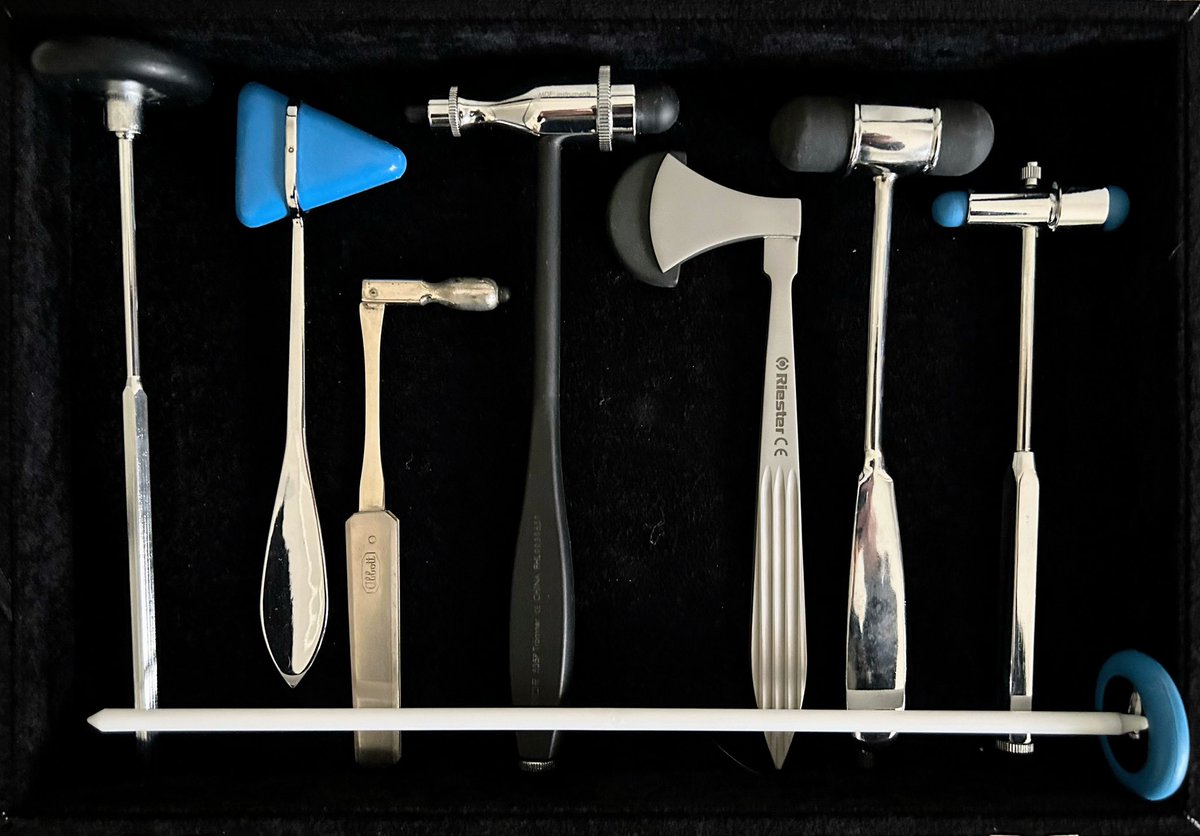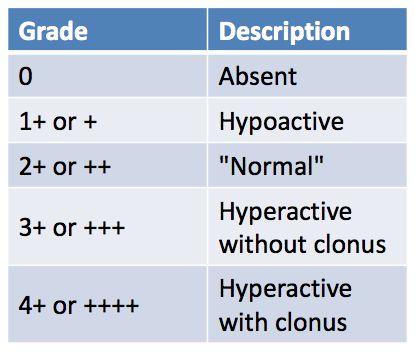
Neurology chief resident. Interested in clinical neurology, medical education, and medical history.
How to get URL link on X (Twitter) App







 The first step, we’ve all been told, is to find out what a patient means by dizzy:
The first step, we’ve all been told, is to find out what a patient means by dizzy:

https://twitter.com/isaaclamb01/status/1732156075929940240PATHOPHYSIOLOGY


https://twitter.com/isaaclamb01/status/1731364492825465296As before, we will be following the TOAST framework. While the trial itself bears little significance today, the framework it used to categorize strokes is a very helpful cognitive tool and has been repeatedly used in subsequent research.




 Tromner (S)
Tromner (S)



